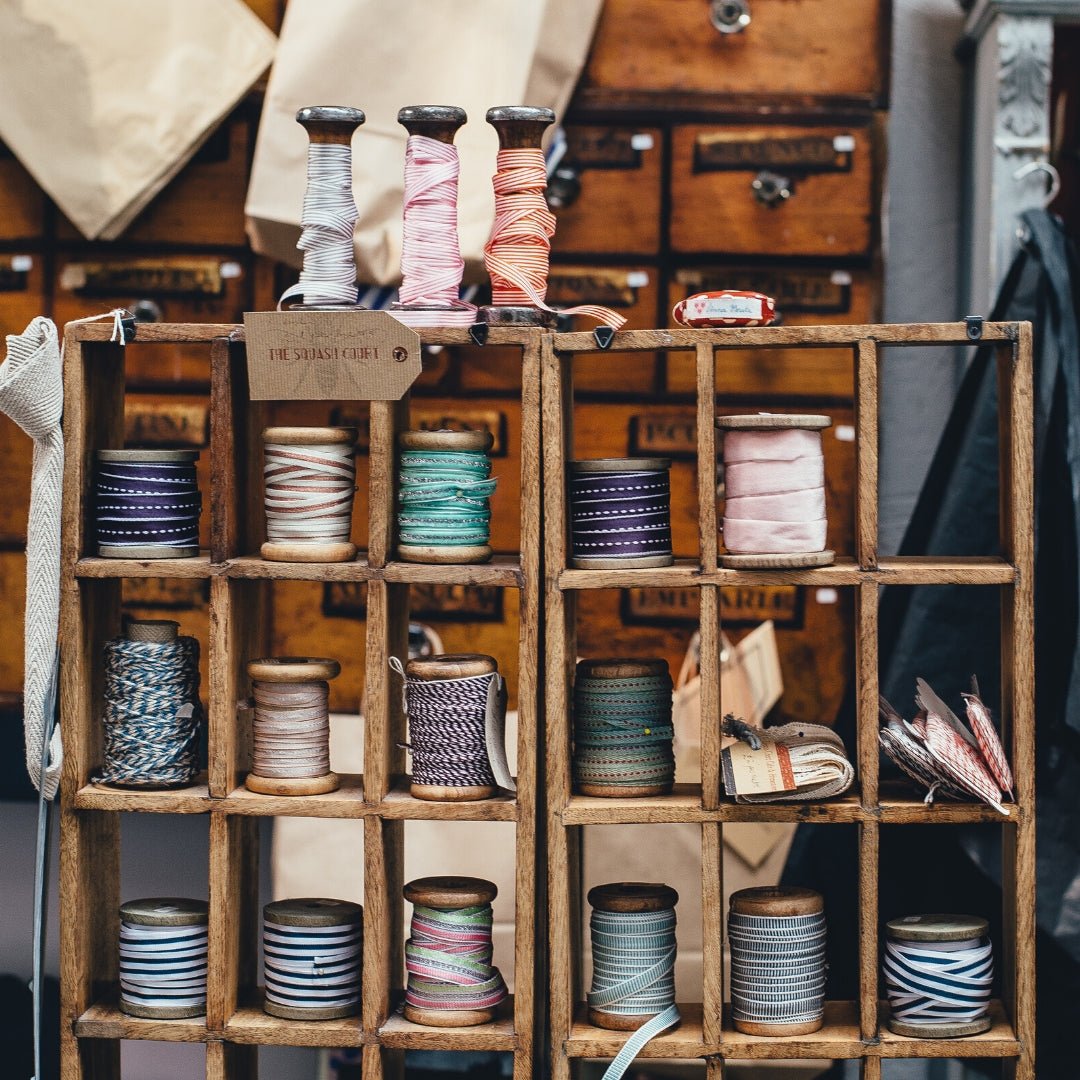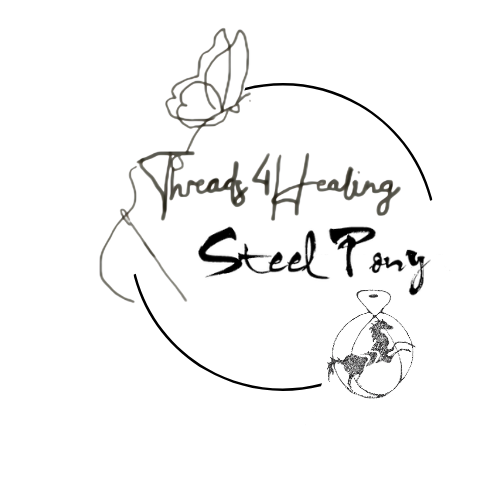
Sustainability in Fashion
Share
Photo by Annie Spratt on Unsplash
I refer to Steel Pony as accidentally sustainable. We started our business 28 years ago with my then Boyfriend and now husband Dennis Wolk. No one even used that word. So, what is it?

Myth #1: It must be Organic

Let’s talk about Cotton. In the early days of actually wanting to pursue what I thought was truly sustainable was to move to Organic Cotton. I researched and found a company that was offering it. It was not made in America. As I was researching it, I happened to speak to a retail customer in Texas and was explaining to her that I was moving closer to sustainability by going to organic Cotton.
I did not know that her husband was a cotton farmer. She informed me of that fact and the “Marketing Myth” surrounding Organic Cotton. She sent me an article by Cotton Inc. In it I found out American grown cotton at this point is Genetically modified to protect it from creatures and to use much less water. Water is a resource we are already using too much of. And then of course there is the petroleum issue. Should I buy Organic Cotton that I can get from China at a reasonable price that goes on a freighter using tons of petroleum? Or should I buy American grown-non organic fabric that is closer to home using less petroleum products.
I realize there is Organic Cotton grown in the United States now but my customer informed me that many farmers can’t afford the cost and the hoops to produce it. Plus Organic cotton uses much more water so for me the decision was clear.

Myth #2: Bamboo is a sustainable fiber.
Really? In order to process Bamboo it is done chemically, leaving pollutants that seep into the ground water.
The most popular method is the process used to make the silky soft bamboo fabric you find in sheets, underwear and more. This “bamboo rayon” is produced through a highly intensive chemical process similar to the process used for rayon. This is where the sustainability of bamboo gets a little prickly. Rayon is essentially a raw material converted through a chemical process. The end product of this process ultimately falls into a category that is somewhere between naturals and synthetic. The source of the cellulose can be cotton, wood, and yep, bamboo. Essentially soft bamboo fabric is actually processed in the same fashion as rayon. Not environmentally friendly.
There are other solutions to this however. I use Modal which is a fiber produced by the Lenzing Company. it is naturally soft on the skin and exceptionally ecological.
A similar fabric called lyocell Trademarked Tencel ,which uses a closed-loop process to recapture and reuse 99% of the chemical solution. It is often made from sustainably farmed eucalyptus trees, and the fabric was awarded the “European Award for the Environment” by the European Union.

Myth #3 Natural Dyes are Better.
Ok, let’s take a look at that. While it is true that most of the industry uses direct dyes which are definitely bad for the environment. Natural dyes are great but in order for them to be at all colorfast you must use metals such as Chromium and Tin if you want a color that lasts for your customer. Those metals seep into the soil and poison it.
I use fiber reactive dyes which are made of chemicals and in the powdered form are considered toxic but once it hits water it changes the composition and is no longer toxic. In fact, they can be poured down the drain safely. Also, I use a lot less water in my process than others. That was my solution but I am always open to new ideas and changes in the industry. I think that is what I love most about this industry. Things are always changing so you need to keep an open mind.
Myth #3 Natural Dyes are Better.
Ok, let’s take a look at that. While it is true that most of the industry uses direct dyes which are definitely bad for the environment. Natural dyes are great but in order for them to be at all colorfast you must use metals such as Chromium and Tin if you want a color that lasts for your customer. Those metals seep into the soil and poison it.
I use fiber reactive dyes which are made of chemicals and in the powdered form are considered toxic but once it hits water it changes the composition and is no longer toxic. In fact, they can be poured down the drain safely. Also, I use a lot less water in my process than others. That was my solution but I am always open to new ideas and changes in the industry. I think that is what I love most about this industry. Things are always changing so you need to keep an open mind.

Sustainable Fact #4 Recycled Plastic in clothing is sustainable
Is it really? It does reduce waste, while at the same time it uses corrosive materials and releases toxic fumes, and what kind of dyes are used to produce this? These are the questions we need to be asking.
For Me Sustainability means
- Create slow fashion. Try to do what you can to make your footprint as small as possible. How? As much as we can we use fabrics made in the USA.
- We sew locally
- We dye low impact which uses less water and no heat
- We use our cuttings to make other things trying my best to be close to 100% consumption
- We try to educate consumers to
- Buy quality clothing that lasts- you can wear it more then once before washing
- If you use a smart washing machine it can save 7,000 gallons of water a year
- Use green laundry detergent. Look for plant based detergents that are phosphate free. White vinegar in the rinse can be used instead softener
- Maximize efficiency. Fill your Machine
- I keep an eye out and an open mind to change what I am doing as the industry changes
In closing, the industry is always changing, I am by no means totally sustainable. I try my best to do what I can. I am always looking for new ways to do things better. I believe companies like ours are the future of the industry
